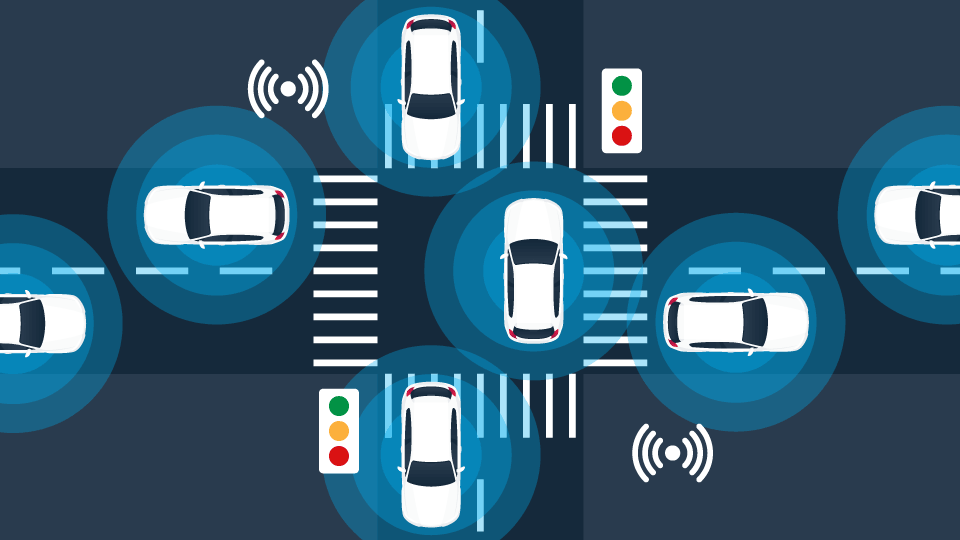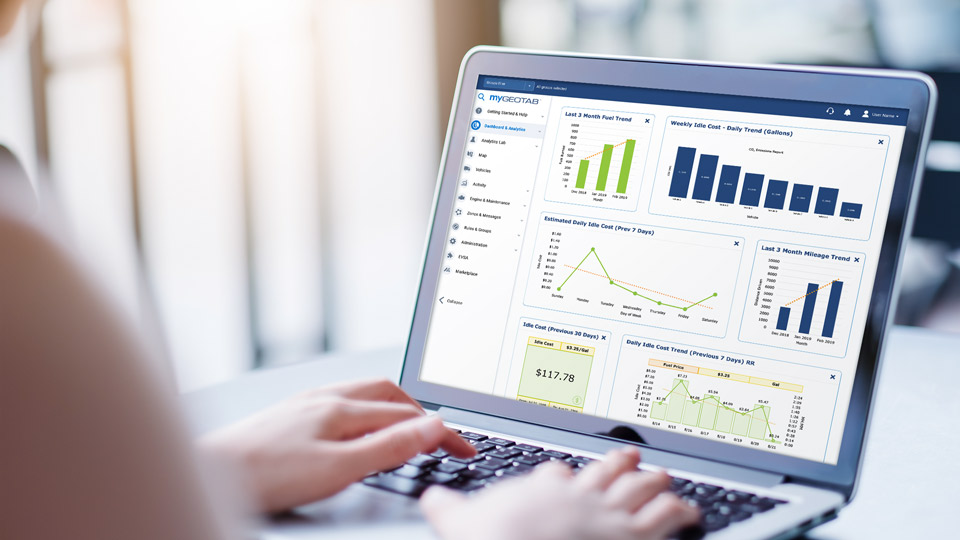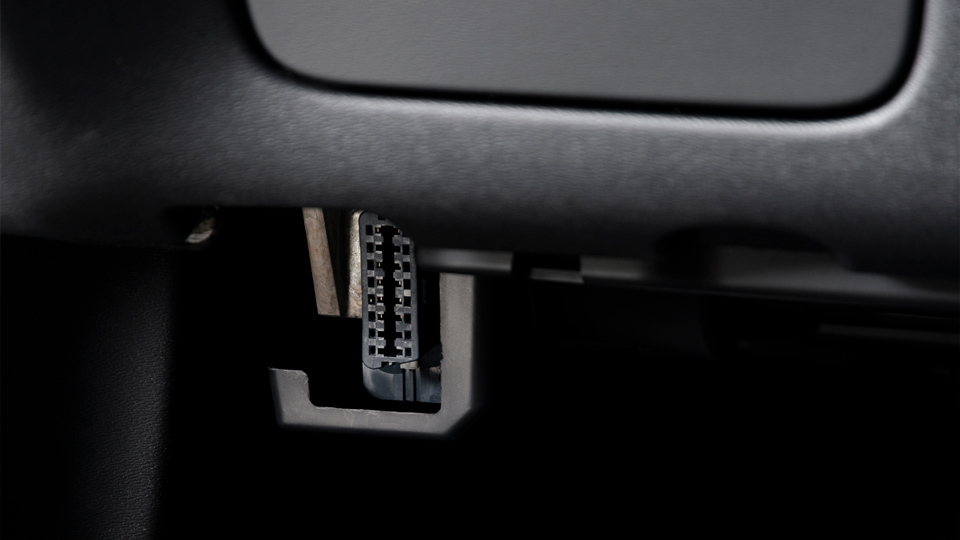Optimise your telematics solution in six simple steps
You may consider your current telematics program to be effective – but could it do more?
By Geotab Team
Oct 1, 2020
Updated: Aug 9, 2022

More fleets are recognising the potential of telematics-based safety solutions for reducing risks you may encounter on the road. Telematics delivers multiple benefits to fleets, including reduced operational costs and improved route management, fuel efficiency and customer service.
The new wave of behaviour-based telematics is transforming driver safety by providing greater insights into driver attitudes and behaviours, the root cause of 94% of crashes. These insights help provide fleets with a near real-time view of driver performance, enabling them to take prompt and targeted intervention.
Here is how to assess the effectiveness of your current telematics solution, or a solution you are considering. Determine whether your solution could achieve greater risk reduction with these six simple steps.
1. Assess whether your solution matches your needs
There are different types of telematics solutions available. The latest behaviour-based telematics technologies utilise smartphone sensors to identify, record and provide feedback on the driving behaviours most predictive of crash risk, including acceleration, braking, cornering, speeding and driver distraction.
Another benefit of smartphone-based behavioural telematics is that they can be used by any driver, vehicle and location. They can also be used alone, or can add behaviour-based insights to existing devices.
2. Start with a safety culture
You are more likely to see a long-term reduction in collisions and incidents if you introduce telematics as your driver safety solution with a solid safety culture in place. It’s important that your safety culture is embraced and communicated as a management mission. This means creating a set of shared attitudes, values, goals, and practices that characterise your organisation’s commitment to safety. Ask yourself the following questions:
- Do your employees know that their safety is important to your organisation?
- Do your colleagues see, feel and hear that road safety is important on a regular basis?
- Is driver safety part of your company’s core values, beliefs and attitudes?
3. Identify driver risk levels
By conducting thorough driver risk assessments at the outset, you can build a risk picture for individual drivers and prioritise those most in need of training. Predictive, validated risk assessments can determine the likelihood of a driver being involved in a crash/incident. They can also identify drivers’ strengths and weaknesses for targeted training.
Risk assessment instruments should be comprehensive, addressing driver characteristics, attitudes, habits, vehicle condition, route patterns, knowledge of defensive driving and ability to identify hazards.
4. Combine multiple sources of data
Telematics already can provide extensive information about a driver, including data on ignition, trip distances and times, engine idling, speed and much more. Adding behaviour-based (smartphone) telematics can provide additional insight regarding how a driver performs on the road. And you can go even further by combining the results of Motor Vehicle Record (MVR) point-in-time checks, on-going licence monitoring and collision and incident data. With this, you can obtain a much more detailed and holistic picture of organisational risk and more accurately rank driver risk levels.
Having one, unified view of individual and organisational risk via a single platform means your organisation can constantly evolve data insights and monitor risk in real-time. You can share these insights with drivers and managers to help facilitate road safety discussions and form the basis for actions plans for improvement.
5. Incorporate driver training into your solution
Vehicle telematics programmes along with insights provided by behaviour-based telematics data can change driver behaviour. However, interpreting the data and scheduling interventions to address risky driving behaviours can be a challenge for driver managers.
A driver risk management solution that automatically prescribes both core training and targeted training to address individual risk patterns can help your organisation proactively manage risk.
6. Benchmark your results
Benchmarking simply means assessing the effectiveness of your driver risk management solution. It helps you keep track of crashes, injuries and incidents per mile and provides insights at regular intervals, such as monthly, quarterly, and annually, to help you identify trends over time and continually monitor driver behaviour and performance.
Not only does benchmarking enable you to see how the teams and departments in your organisation are performing, but it also enables you to compare your organisation to others in your industry.
Conclusion
Whether you are assessing the effectiveness of your current programme, or considering a telematics solution for the first time, these recommendations will help you achieve greater risk reduction from your driver risk management solution and sustain those reductions over time.
About eDriving
eDrivingSM helps organisations to reduce collisions, injuries, licence violations and total cost of fleet ownership through a patented driver risk management programme.
Mentor by eDrivingSM is a smartphone-based solution that collects and analyses driver behaviours most predictive of crash risk and helps remediate risky behaviour by providing engaging, interactive micro-training modules delivered directly to the driver in the smartphone app. As part of a broader risk management platform, Virtual Risk Manager®, eDriving provides organisations with everything they need to establish safety as a strategic imperative, and support drivers and managers as they strive to create a crash-free culture®.
See also: How to leverage vehicle maintenance software to optimise operations
Subscribe to the Geotab Blog
The Geotab Team write about company news.
Related posts

Data-Driven Innovations in Fleet Management: highlights from Geotab Mobility Connect 2024
November 28, 2024
3 minute read





